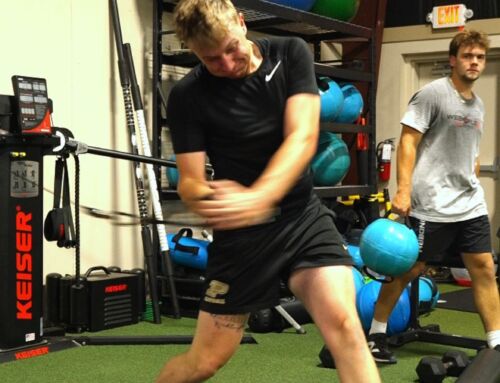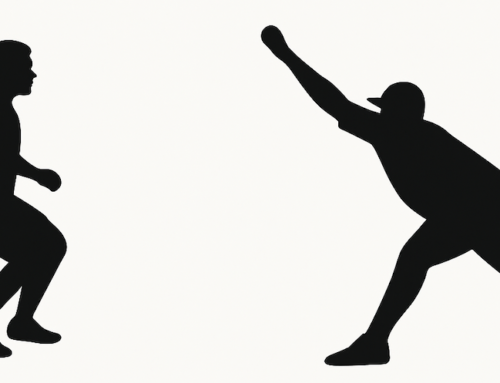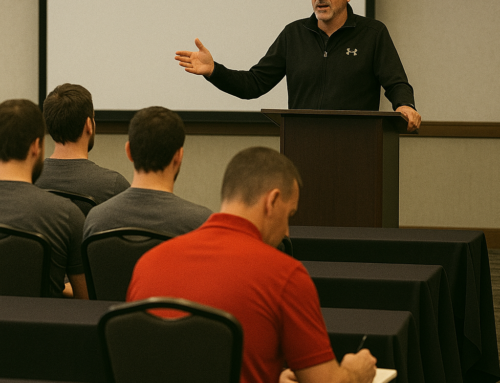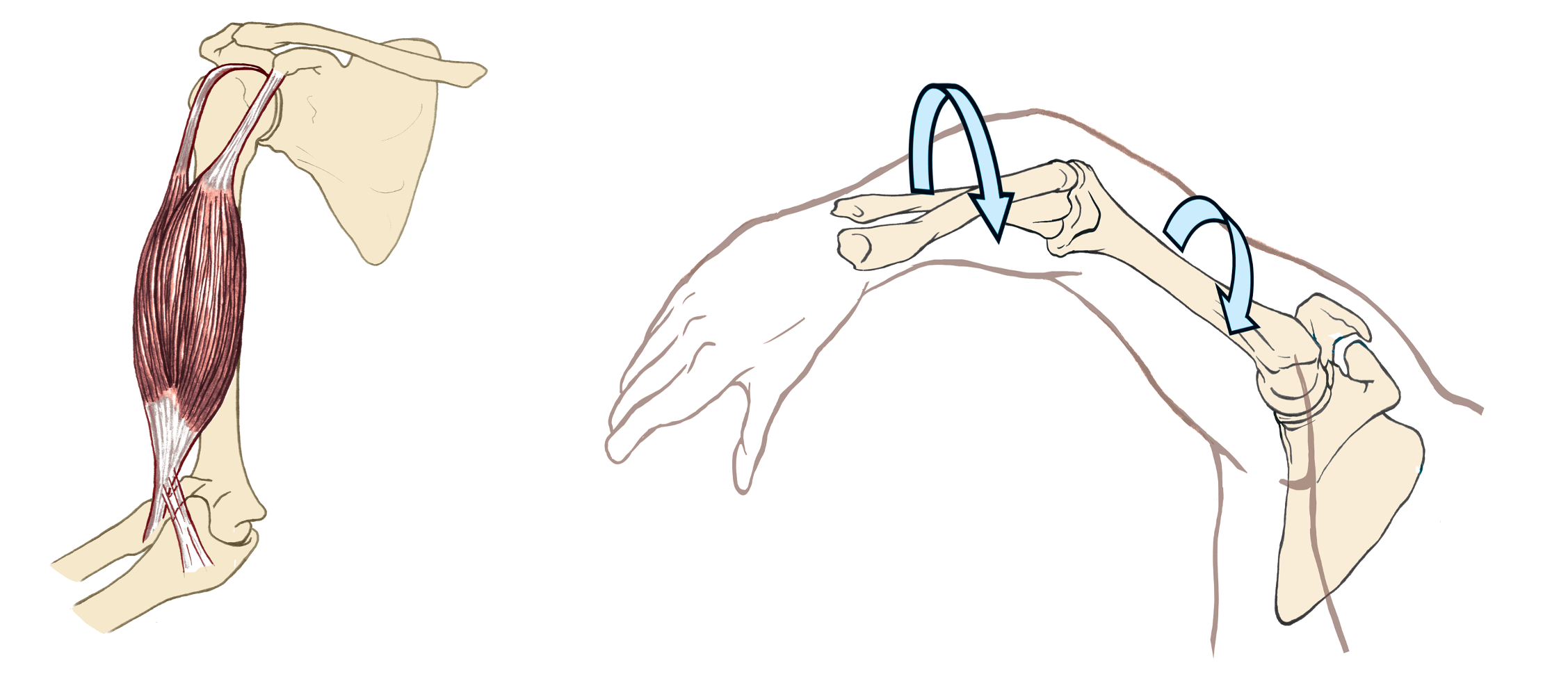
In the world of biomechanics and motor control, few concepts are as powerful yet elusive as covariation. This principle is central to the way the human body manages complex, multi-joint movements like pitching, where joints and muscles must coordinate seamlessly to produce precise, powerful actions. Covariation is not merely about arranging joints at specific angles or measuring positions. Instead, it involves a dynamic, real-time modulation of muscles, akin to how one controls a stick-shift car with the clutch and gas or adjusts the zoom and focus on a camera. This coordination allows for fluid and adaptable movement patterns that prioritize both performance and safety, making covariation an essential, albeit underappreciated, cornerstone in sports science.
When pitching, covariation orchestrates the interactions between muscle groups to ensure that each phase of the motion is efficient and resilient against injury. This process occurs through multiple levels of the kinetic chain, from the rear hip's rotation and stability to the arm’s final release. Let’s examine how covariation affects different stages of the pitching motion and why this concept is essential for both performance enhancement and injury prevention.
Covariation in the Rear Hip: Establishing the Launch Platform
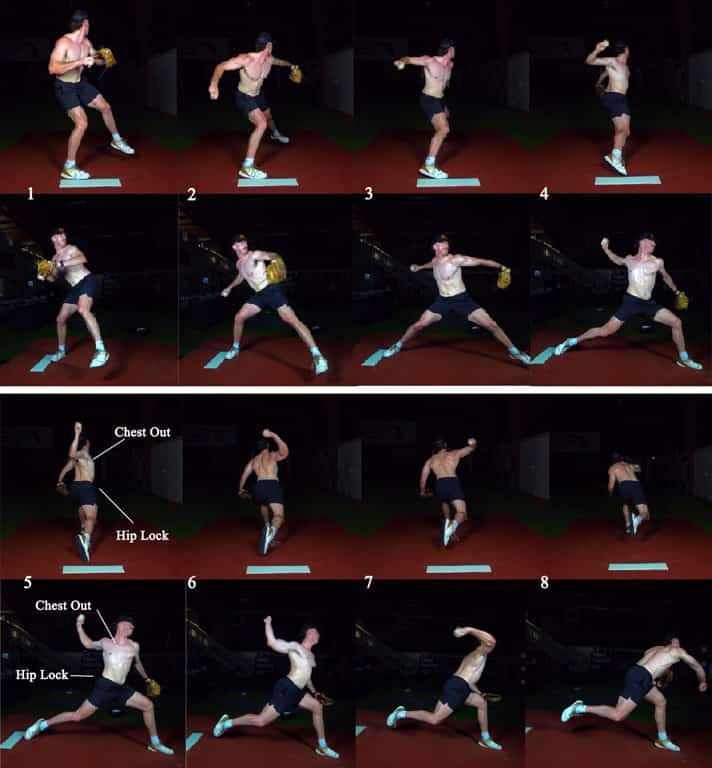 The hips, particularly the rear hip in a pitcher’s stance, are the foundation of efficient energy transfer throughout the kinetic chain. As the delivery begins, the rear hip performs three movements—extension, abduction, and internal rotation—in a highly coordinated manner. This trio of movements provides a stable pelvis platform that is essential for creating the leverage and force needed for an explosive pitch.
The hips, particularly the rear hip in a pitcher’s stance, are the foundation of efficient energy transfer throughout the kinetic chain. As the delivery begins, the rear hip performs three movements—extension, abduction, and internal rotation—in a highly coordinated manner. This trio of movements provides a stable pelvis platform that is essential for creating the leverage and force needed for an explosive pitch.
To understand this better, think of the covariation in the hip as activating the “clutch and gas” in a manual car. It’s not simply about pushing one muscle or one action but adjusting multiple muscle activations, simultaneously pressing and releasing just the right amount to control movement smoothly. Here, extension, abduction, and internal rotation must occur at specific ratios to keep the pelvis centered and prevent slack from forming in the muscle-tendon units around the hip joint. This tight control of slack ensures that muscles maintain an optimal length for force production.
Muscle activation in this region must also remain on the ascending limb of the force-length curve. The force-length curve describes the relationship between a muscle's length and the amount of force it can produce. When muscles are too shortened or overstretched, their ability to generate force diminishes. On the ascending limb—an optimal muscle length range—the fibers are primed for maximal force output. By keeping the hip muscles on this curve’s ascending limb, the pitcher ensures that the gluteus maximus and supporting muscles can produce sufficient force without becoming overstretched or inefficient. The balance and timing of extension, abduction, and internal rotation stabilize the pelvis, aligning it as a “launch pad” that can send energy up through the torso and into the pitching arm.
Covariation in the Trunk: Efficiently Regulating Slack and Transmitting Energy
Once the hips provide the platform, the next challenge is efficiently moving energy up through the torso. Here, covariation becomes even more intricate, as the muscles of the trunk must work together across all three planes—sagittal (flexion and extension), frontal (side-to-side), and transverse (rotational)—to optimize force transmission.
The trunk's role is akin to the fine adjustments of zoom and focus on a camera lens. With zoom and focus, both mechanisms must work together to capture a clear image. In pitching, the trunk’s musculature must adjust flexibly in real-time to stabilize the transfer of kinetic energy from the lower body to the arm. This coordination allows each muscle group in the torso to regulate slack and maintain appropriate length-tension relationships, which prevents inefficient energy leaks.
A well-coordinated trunk also facilitates a stable yet adaptable path for energy flow, managing sudden shifts or deviations. During the load and ride phase, where the pitcher strides down the mound, the trunk muscles absorb and redirect energy generated from the lower body. At this stage, maintaining an optimal range on the ascending limb of the force-length curve is critical, as any deviation can introduce slack, reducing efficiency and increasing the risk of injury. The abdominals and obliques, along with the dorsal paraspinals, work to counterbalance forces and adjust tension across planes, preventing an imbalance that could destabilize the subsequent movement phases.
Covariation in the Shoulder: From External to Internal Rotation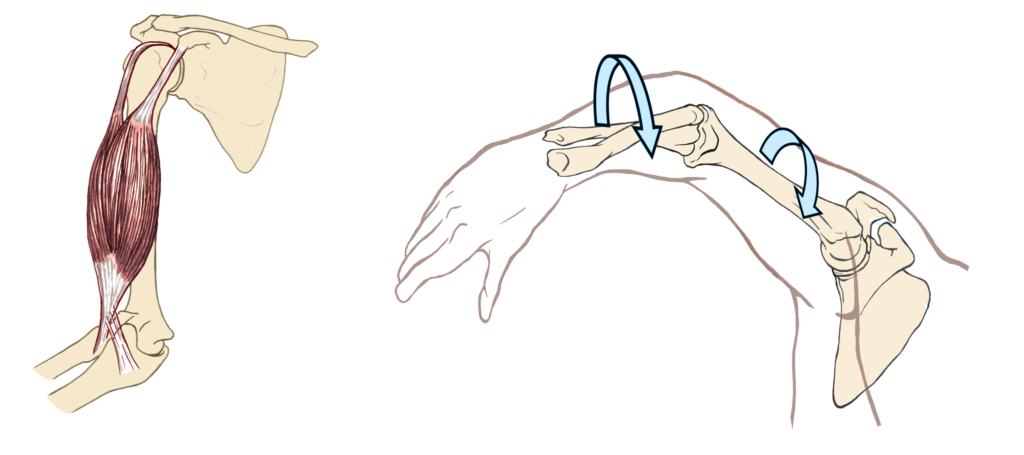
As the kinetic energy reaches the shoulder, covariation must be refined further to maintain control and avoid excessive strain on this highly mobile but vulnerable joint. During the pitch’s “layback” phase, the shoulder externally rotates to an extreme position, storing elastic energy for the powerful transition to internal rotation.
At this stage, shoulder abduction, external rotation, elbow flexion, and forearm supination must increase in coordinated covariation. As the shoulder moves into abduction and external rotation, elbow flexion and forearm supination work synergistically to protect the joint and keep the muscles on the ascending limb of the force-length. curve. When in the ideal range, these muscles can handle and modulate the forces more effectively. Misalignment during this phase can expose the vulnerable UCL to unmitigated valgus stress at full layback. Likewise, poor covariation of external rotation, elbow flexion, and forearm supination can contribute to peel-back injuries of the glenoid labrum. As the shoulder transitions from external to internal rotation during the arm’s launch, the covariation shifts to internal rotation at the shoulder and pronation at the forearm, along with elbow extension. This complex coordination ensures that the stored elastic energy is released efficiently, transferring power through the elbow and into the wrist and fingers. Iff this coordinated action is out of sync—if the shoulder rotates before the elbow begins to extend, for example—the pitcher may experience strain in the rotator cuff or a sprain of the ulnar collateral ligament (UCL), risking a serious injury.
Challenges in Measuring Covariation: Beyond Joint Angles and Surface EMG
One of the significant challenges in studying covariation is that it isn’t merely a matter of measuring joint angles or positions. The technology commonly used in biomechanics, such as motion capture and surface electromyography (EMG), provides limited insights into the complex, layered interactions of muscle activations. Covariation is more than the sum of measured angles; it’s a fluid and responsive modulation that keeps the body adaptable.
Current tools cannot fully capture the nuanced, synergistic interactions between muscle activations necessary for covariation. For example, surface EMG can measure muscle activity at specific locations but cannot reveal how various muscles share loads or adjust tensions to keep joints stable during high-speed, high-force actions. Measuring angles only provides information about joint positions, not how muscles coordinate to maintain those positions under stress. Consequently, covariation remains challenging to quantify, leaving sports science decades—if not a century—away from understanding the precise ratios for optimal performance.
Joint Coupling: The Key to Force Sharing and Stress Distribution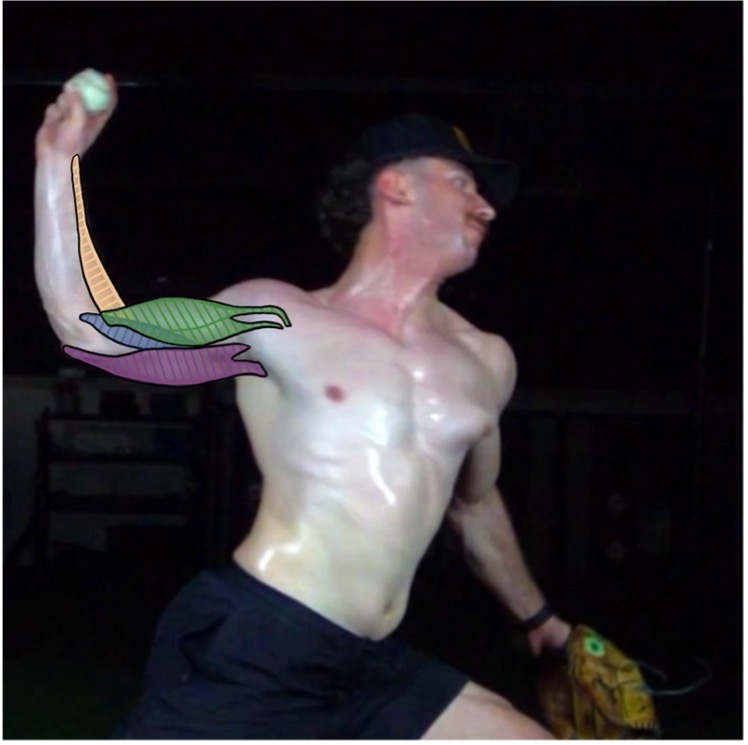
Joint coupling, the coordination between adjacent joints, is fundamental to covariation. By preserving the timing and interaction between joints, joint coupling enables a broad distribution of forces rather than concentrating stress in one area. In the shoulder and elbow, joint coupling ensures that force flows seamlessly through the entire arm rather than straining a single muscle or ligament.
When covariation preserves joint coupling, muscles in one area support those in another, sharing the workload. This balance prevents any single structure from bearing excessive force, reducing the likelihood of injury. In a pitch, maintaining the shoulder-elbow coupling is especially critical, as it allows the arm to handle rapid deceleration forces effectively. If this coupling is disrupted, such as by premature elbow extension or delayed shoulder rotation, the elbow is left to absorb a disproportionate amount of stress, increasing the risk of overuse injuries.
Self-Organization and the Training Environment: The Path Forward
Given the limits of our current understanding and technology, the most effective way to foster covariation in athletes is through a training environment that encourages self-organization. Self-organization refers to the body’s natural ability to find optimal movement solutions based on immediate feedback without conscious, step-by-step control. In a supportive environment, the body can leverage its inherent adaptability to discover efficient and resilient movement patterns.
By implementing exercises that emphasize whole-body coordination and the importance of endpoint stability—such as perturbation-based drills—athletes can explore a wide range of movement solutions that reinforce joint coupling. These tasks should encourage variations that guide the athlete toward discovering effective covariation on their own. For instance, using drills that focus on end positions rather than specific paths helps athletes attune to the outcome, allowing their bodies to adaptively manage the joint coupling necessary for stable, safe, and powerful movements.
Covariation as the Basis for Enhanced Performance and Injury Prevention
The concept of covariation is essential for anyone aiming to understand the intricacies of motor control in high-stakes sports like pitching. It’s a sophisticated system of real-time adjustments that goes far beyond simple joint movements. It involves a seamless interplay of muscle activation and load-sharing that modern technology cannot yet capture. By appreciating and fostering covariation, coaches and trainers can promote efficient, high-performance movement patterns that minimize injury risk, helping athletes perform at their best.
In pitching, covariation optimizes each stage of the movement, ensuring that the hips, trunk, shoulder, and elbow all contribute to a controlled and powerful delivery. This coordination is indispensable in high-performance sports, where demands on the body are relentless, and even small inefficiencies can result in overuse or acute injuries. By training for covariation and self-organization, athletes develop the resilience and adaptability necessary to succeed, illustrating the profound power of the body’s natural movement intelligence.
If you're ready to “overthrow the status quo“ and take your game to new levels, it's time to enroll in the most forward-thinking and highly effective system in the history of baseball player development. Call us at 866-787-4533 and set up the training to transform your game. Build the tools that win games and attract the attention of next-level recruiters and scouts.
Let's Get SAVAGE!
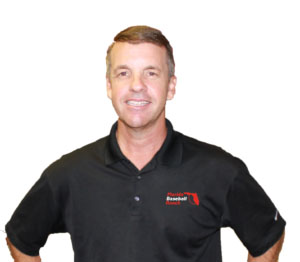
Randy Sullivan, MPT, CSCS CEO, Florida Baseball ARMory

